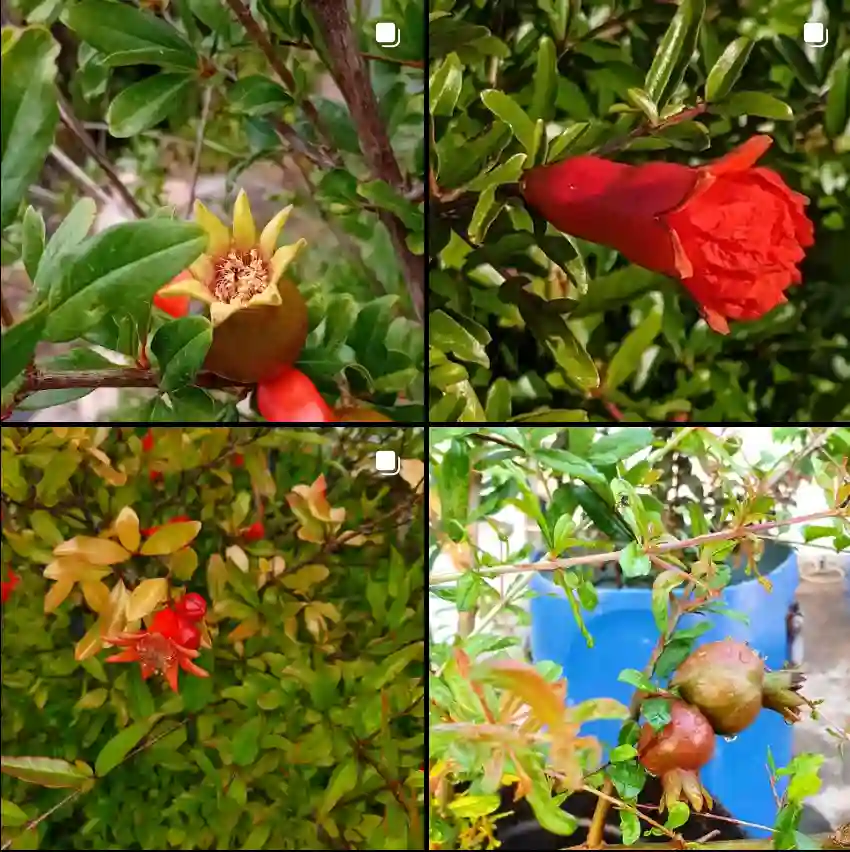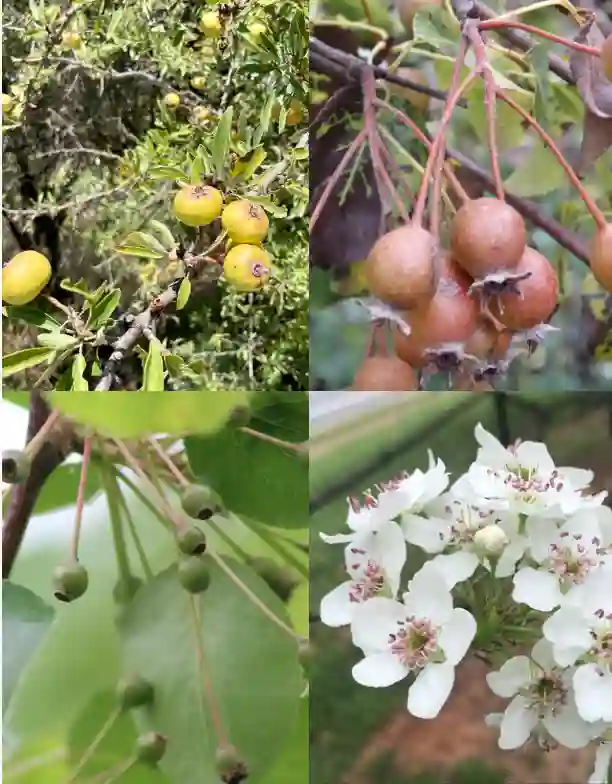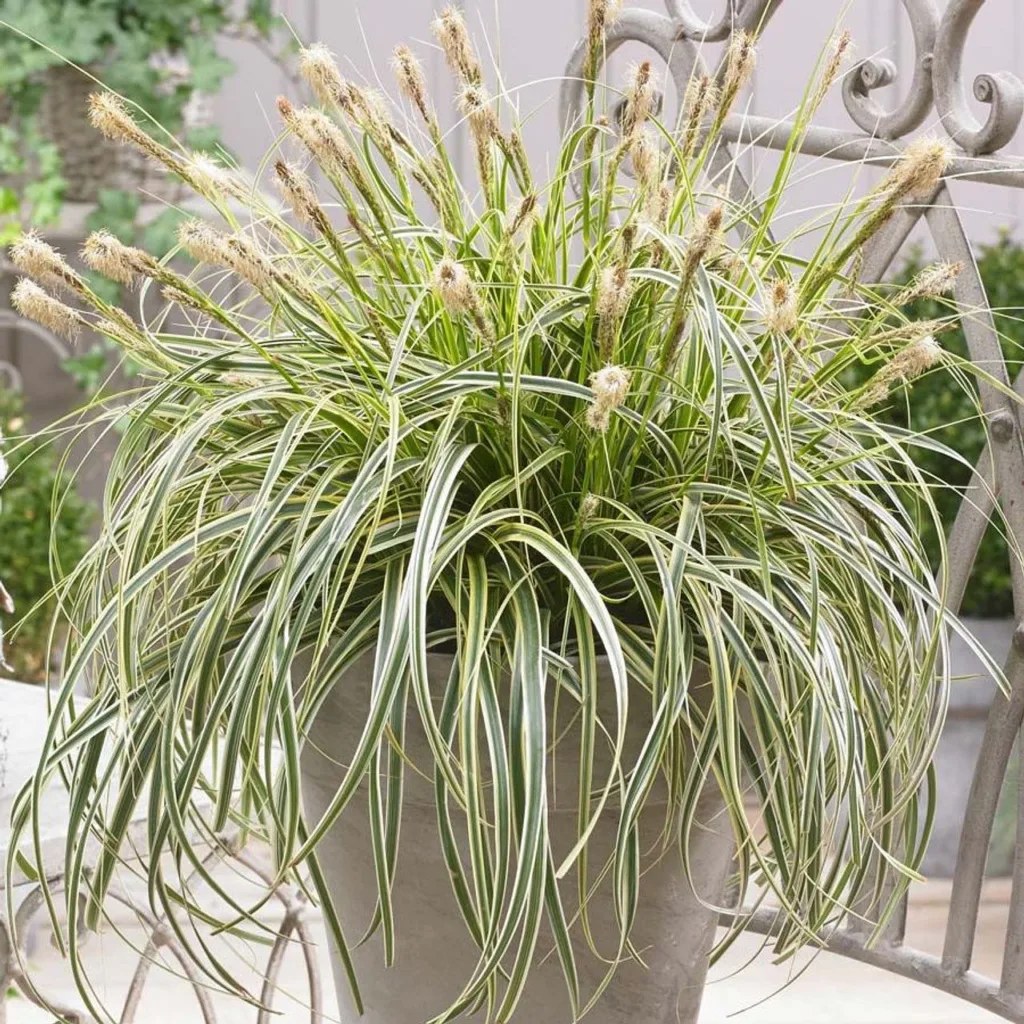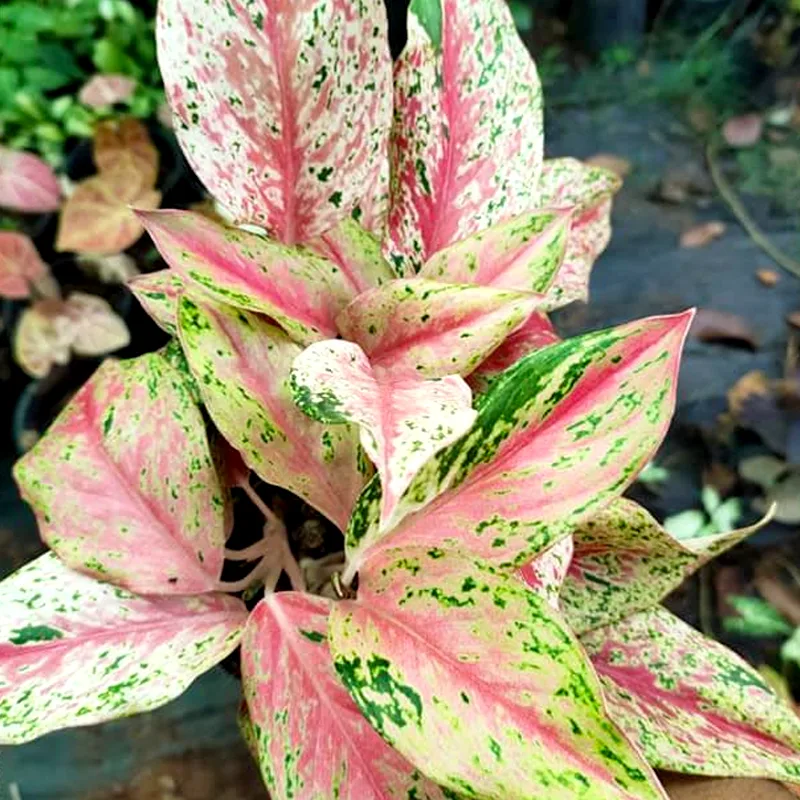Exploring the Ruppiaceae Family: A Deep Dive into the Genera Ruppia
As someone who enjoys exploring various plant families, I find the Ruppiaceae family intriguing. It might not be as well-known as other plant families, but it holds a unique position in aquatic ecosystems. The family mainly consists of the genus Ruppia, which includes species commonly referred to as “ditch-grasses” or “widgeon-grasses.” These plants are essential in maintaining the health of their aquatic habitats.
Understanding the Ruppiaceae Family
The Ruppiaceae family is part of the order Alismatales, which encompasses a range of aquatic plants. Unlike some more conspicuous aquatic plants, Ruppiaceae species are often overlooked. They are typically found in shallow, saline to brackish waters worldwide. Their ability to thrive in varying salinities makes them particularly fascinating to study.
The primary genus, Ruppia, includes several species that play a critical role in aquatic environments. These plants have slender, thread-like leaves and delicate stems, allowing them to move gently with the currents. Their flowers are small and inconspicuous, making them easy to miss unless you’re specifically looking for them.
Habitat and Distribution
One of the remarkable aspects of the Ruppia species is their adaptability. They are found in various aquatic environments, from freshwater to hypersaline conditions. This wide range is due to their tolerance to different levels of salinity and water depth. I’ve seen Ruppia species growing in coastal lagoons, estuaries, and even in temporary water bodies that dry out seasonally.
Their presence in such diverse habitats makes them excellent bioindicators. Their abundance or absence can indicate changes in water quality, salinity levels, and overall ecosystem health. Observing these plants can give us valuable insights into the state of our aquatic environments.
Ecological Significance
Ruppia species provide critical habitat and food for various aquatic organisms. Their dense, submerged meadows offer shelter to juvenile fish, invertebrates, and even some bird species. In many regions, the leaves and seeds of Ruppia are an essential food source for waterfowl, especially in winter when other food sources are scarce.
Additionally, Ruppia meadows help stabilize sediment and reduce water turbidity. By trapping fine particles, they maintain water clarity, which is crucial for the health of other submerged aquatic vegetation. I’ve noticed that areas with healthy Ruppia populations often have clearer water and a more diverse array of aquatic life.
Challenges and Conservation
Despite their importance, Ruppia species face numerous threats. Habitat loss due to coastal development, pollution, and climate change are significant challenges. Changes in salinity and water levels can quickly alter their habitats, leading to population declines. I’ve observed areas where Ruppia used to thrive but have since disappeared due to increased human activity and water pollution.
Conservation efforts for Ruppia species are challenging because of their specific habitat requirements. Protecting their environments requires a comprehensive approach that includes monitoring water quality, controlling pollution, and managing land use around sensitive aquatic areas.
Notable Species in the Ruppia Genus
Several species within the Ruppia genus are worth noting:
- Ruppia maritima: Commonly known as widgeon-grass, it is widespread and can be found in both freshwater and saline environments. Its flexibility in habitat makes it a crucial species for studying environmental changes.
- Ruppia cirrhosa: Often found in deeper waters compared to R. maritima, this species prefers more saline conditions. Its long, spiraled flowering shoots are distinctive features.
- Ruppia spiralis: This species is less common but equally interesting, with a unique flowering pattern that involves coiled reproductive structures.
Personal Observations and Reflections
Studying the Ruppiaceae family has been a rewarding experience. Their subtle beauty and ecological importance often go unnoticed. Yet, these plants are vital for the health of many aquatic systems. I’ve learned that even the most inconspicuous plants can play significant roles in their ecosystems.
One memorable encounter I had was while exploring a coastal lagoon. I came across a dense meadow of Ruppia maritima. The water was crystal clear, and I could see small fish darting through the slender leaves. It was a reminder of how interconnected our ecosystems are and how even a single plant species can support a whole community of life.
Final Thoughts
The Ruppiaceae family, with its primary genus Ruppia, may not be the most eye-catching group of plants, but their ecological significance is immense. They are unsung heroes of our aquatic ecosystems, providing food, shelter, and maintaining water quality. Protecting these plants means protecting the health of our water bodies.
For anyone interested in aquatic plants or environmental science, I encourage you to look into the Ruppiaceae family. Their adaptability and resilience in the face of environmental changes make them fascinating subjects for study and conservation.
If i die, water my plants!



